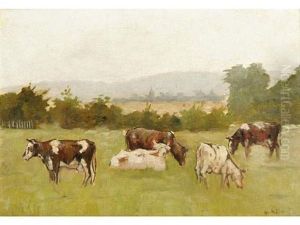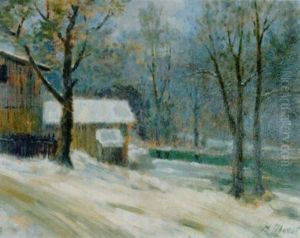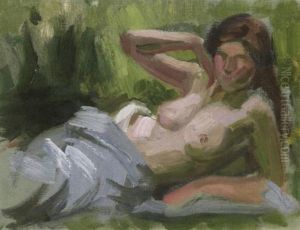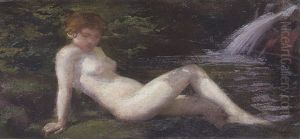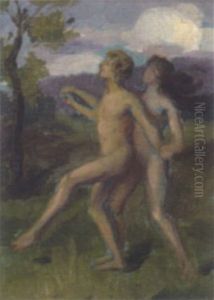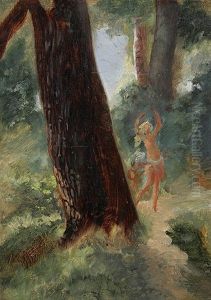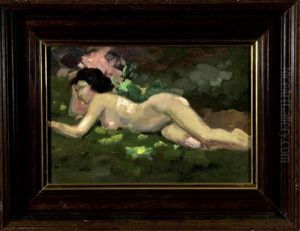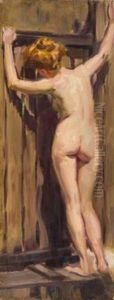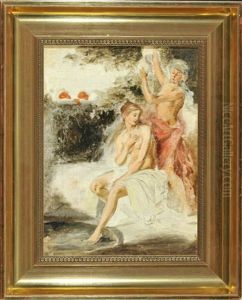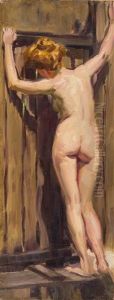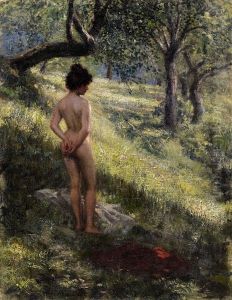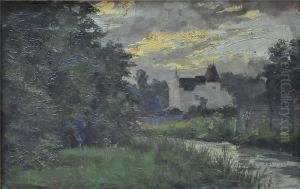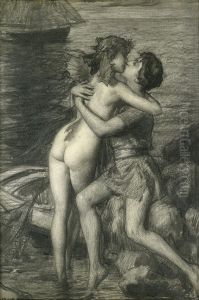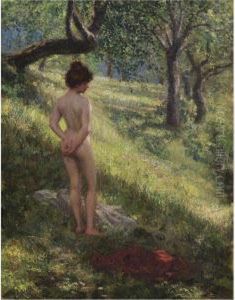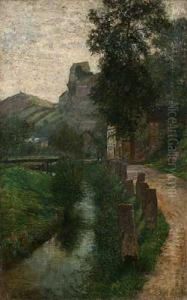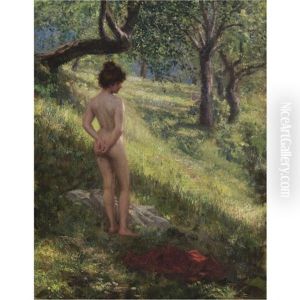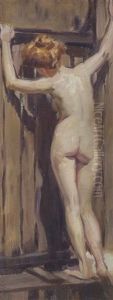Hermann Moest Paintings
Hermann Moest was a German sculptor born on March 9, 1857, in Karlsruhe, Germany. He was primarily known for his monumental works and his skill in crafting sculptures and memorials that captured the spirit of his era. Moest studied at the Academy of Fine Arts in Karlsruhe under the tutelage of sculptor Carl Steinhäuser and later, under Ferdinand Keller. His education in the arts continued with further studies at the Academy of Fine Arts in Munich, a prominent artistic hub in 19th-century Germany.
After completing his education, Moest's talent was recognized with several significant commissions that helped to establish his reputation. His style was influenced by the prevailing trends of his time, which included both the neoclassical approach and the emergent naturalist movement. Moest was adept at capturing the human form and was known for his ability to imbue his works with a sense of drama and emotion.
Throughout his career, Moest created numerous public monuments, funerary sculptures, and decorative works, many of which can be found in various public spaces and cemeteries in Germany. His works often reflected the nationalistic sentiments of the period, a common theme in German art and culture in the late 19th and early 20th centuries. Moest's sculptures typically exhibit a detailed realism, with a focus on capturing the textures and folds of fabric, the subtleties of human expression, and the anatomy of the human body.
Hermann Moest's contributions to German sculpture were significant, and his works remain a testament to the artistic movements of his time. He passed away on October 18, 1923, in Berlin, Germany. Although not as widely known today as some of his contemporaries, Moest's sculptures continue to be studied and appreciated for their craftsmanship and historical value.
